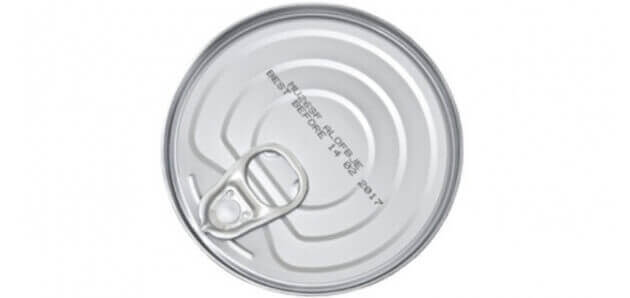
The dates on food labels can be confusing. The truth is, they often have nothing to do with food safety. Here's what you really need to know.
You’ve assembled everything you need for the perfect deli sandwich: Genoa salami, prosciutto, some thinly sliced provolone and a crusty baguette. To top it all off, you reach into the fridge for your favorite spicy mustard.
And then you notice it. The “Best By” date on the mustard bottle was 4 months ago!
You might think you’ve got to ditch the mustard and settle for a ho-hum sandwich. But that’s not the case. Here’s what you need to know about food expiration dates:
These "use by" and “best” dates are generally found on shelf-stable products such as mustard, mayonnaise, and peanut butter.
The date, which is provided voluntarily by the manufacturer, tells you how long the product is likely to remain at its absolute best quality when unopened. But, as the U.S. Department of Agriculture's Food Safety and Inspection Service points out, it is not a safety date.
After the "use by" or “best” date has passed, you may start to notice gradual changes in the unopened product’s texture, color, or flavor. But as long as you’ve been storing the unopened item properly, you can generally consume it beyond this date.
Your best bet for gauging whether an unopened shelf-stable product with this type of date is still of satisfactory quality is to simply smell and examine it first. Always discard foods that have developed an off odor, flavor or appearance. You can also consult the Keep It or Toss It database for optimal food storage times, for both unopened and opened items.
Most sell-by dates are found on perishables like meat, seafood, poultry and milk. The date is a guide for stores to know how long they can display a particular product.
You should buy the product before the sell-by date expires. But you can still store it at home for some time beyond that date, as long as you follow safe storage procedures (check the Keep It or Toss It database for the shelf life of specific foods).
For instance, milk that has been continuously refrigerated will usually remain drinkable for about one week after the "sell by" date on the package. Likewise, you can store ground beef in your refrigerator for 1 to 2 days after purchasing it, even if the sell-by date expires during that time.
The only place you’re likely to encounter this type of date is on infant formula and some baby foods, which are the only food products the federal government regulates with regard to dating. You should always use the product before this expiration date has passed.
These codes, which appear as a series of letters and/or numbers on the package, sometimes indicate the date or time of manufacture. Often, though, they simply appear as a meaningless jumble.
Either way, packing codes help manufacturers and grocers rotate their stock and quickly locate products in the event of a recall. But they are not meant to be interpreted as an indicator of either food safety or quality.
For more information on product dating, visit the U.S. Department of Agriculture's Food Safety and Inspection Service Web site.
For shelf life informatmation for specific foods, check our Keep It or Toss It database.
Note: This article refers to labeling terminology used in the United States; practices in other countries may differ.